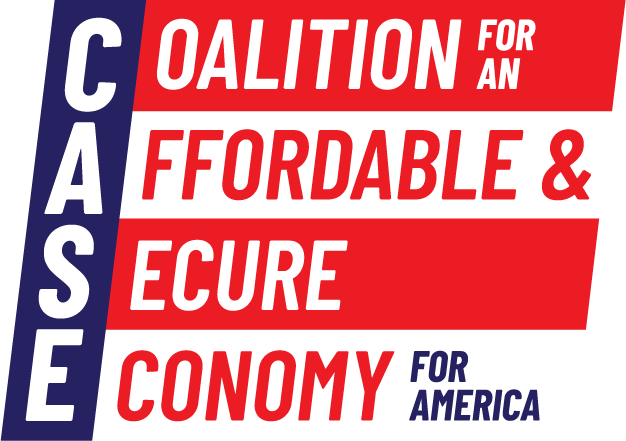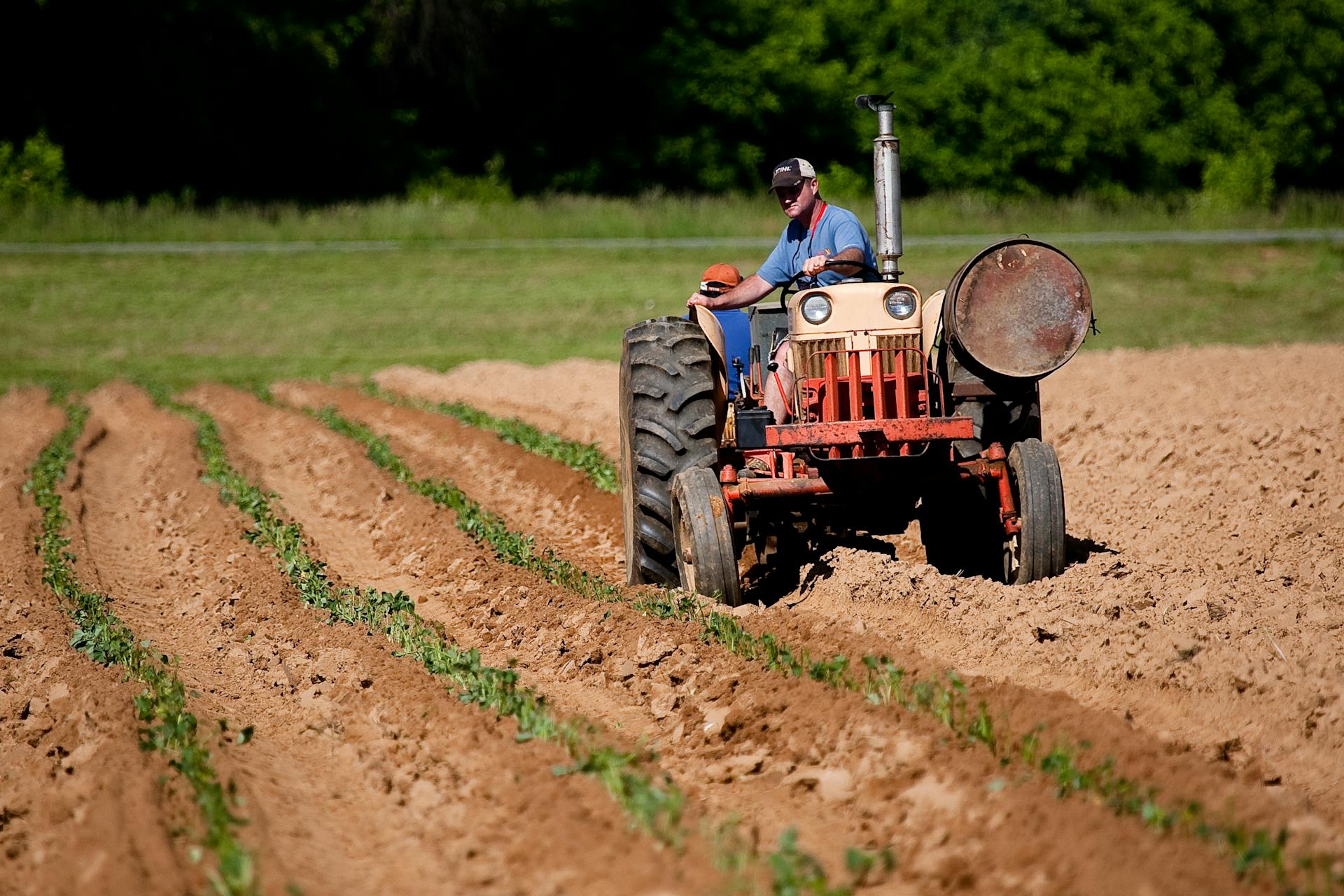America’s Farmers Poised To Face Another Setback Amid New Tariffs
American farmers are expecting tough times ahead as President Trump’s new tariffs could raise costs and shrink export markets for America’s heartland. With input prices for fertilizer and fuel already sky-high, tariffs could make it even harder for farmers to stay afloat.
This isn’t the first time farmers have been hit by tariffs. Back in 2018, President Trump’s trade war with China cost the agricultural industry more than $27 billion. Even after government subsidies, many farmers struggled to regain their pre-tariff export levels as China turned to other suppliers like Brazil.
Now, with fewer markets and higher costs, farmers are under more pressure than ever as economic uncertainty mounts. For many, these new tariffs could be the breaking point as inflation and the cost of living continue to rise in the face of plummeting profits and debilitating tariffs.
Overhead Costs on the Rise
Farmers are facing a financial storm, and new tariffs threaten to make things even worse. Inflation has already driven up the cost of essentials, such as seeds, fuel and equipment, leaving many farmers struggling to stay afloat. Now, rising overhead costs due to the Trump Administration’s new tariffs for critical items like machinery and fertilizer are threatening their livelihoods.
Equipment costs have been climbing. In the last three decades, the average price of a 200-horsepower tractor has been double the inflation rate, rising by 287%. And 300-horsepower tractors have gone up by 275%. Tariffs on steel and aluminum are set to push those prices even higher.
In 2018, similar tariffs caused domestic equipment production costs to jump by 78%, and history seems poised to repeat itself. Even though much of this equipment is assembled in the United States, its parts are sourced globally, meaning tariffs hit domestic manufacturers, just as hard as foreign ones. For farmers who rely on upgraded machinery to stay competitive, these price hikes are a major blow.
Fertilizer costs are another growing concern. More than 80% of the potash used in U.S. farming comes from Canada, along with a quarter of nitrogen fertilizers. New tariffs on Canadian imports could send these prices soaring at a time when farmers can least afford it. Fertilizer is essential for maintaining crop yields and competitiveness in global markets. These higher prices and operational costs don’t just hurt farmers, they can also impact the national economy as prices fluctuate.
Losing Out on Needed Markets
The United States produces far more agricultural products than it consumes, and U.S. farmers rely on foreign markets and international buyers to fill the purchasing gap. Now, these international markets are in jeopardy of closing to American farmers as new U.S. tariffs deter foreign business and push international consumers to search elsewhere for corn, soybeans and meat.
The result of losing this market would be crippling to American farmers and could cause extensive, long-term harm to the U.S. agricultural industry. Limiting sales to domestic markets would hurt farmers’ businesses and drive prices to an unsustainable low, impacting sales as the costs of operation continue to rise. This untenable market could result in the undoing of many American farms, from small-town homesteads to large-scale farming operations.
More than 20% of U.S. farm income comes from exports and trade between China, Mexico and Canada. In 2024, China accounted for 14%, or roughly $24.7 billion, of all agricultural goods exported from the United States. Mexico and Canada imported even more, with more than $30 billion worth of goods for Mexico and $28 billion for Canada.
These overseas markets are now in question as the administration threatens to ratchet up the amount of tariffs charged on products being shipped into the United States – a move that is already causing other countries to retaliate with their own tariffs on U.S. goods.
China has slapped a 10 to 15% tariff on American agricultural products, including pork, wheat and corn, while Canada and Mexico have targeted grains, dairy and other products. This shift is forcing foreign buyers to look elsewhere, such as Brazil for soybeans, leaving American farmers scrambling to find new buyers and reeling in the economic losses.
What’s At Stake?
The Trump Administration’s latest tariffs are set to add to the already soaring costs of fuel, fertilizer and equipment, all while American farmers continue to face mounting challenges. Critical export markets are slipping away, with international buyers turning to other suppliers, leaving American farmers high and dry.
While expenses continue to rise and opportunities dwindle, America’s heartland is already stretched thin and can’t afford the costs associated with tariffs.

